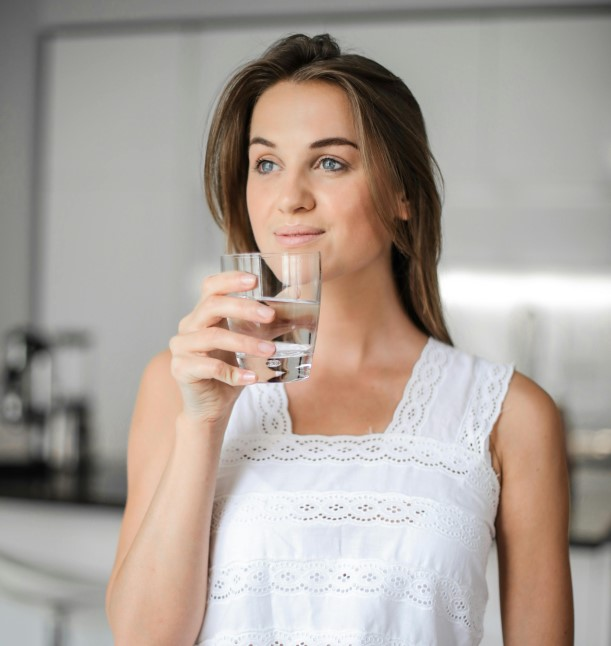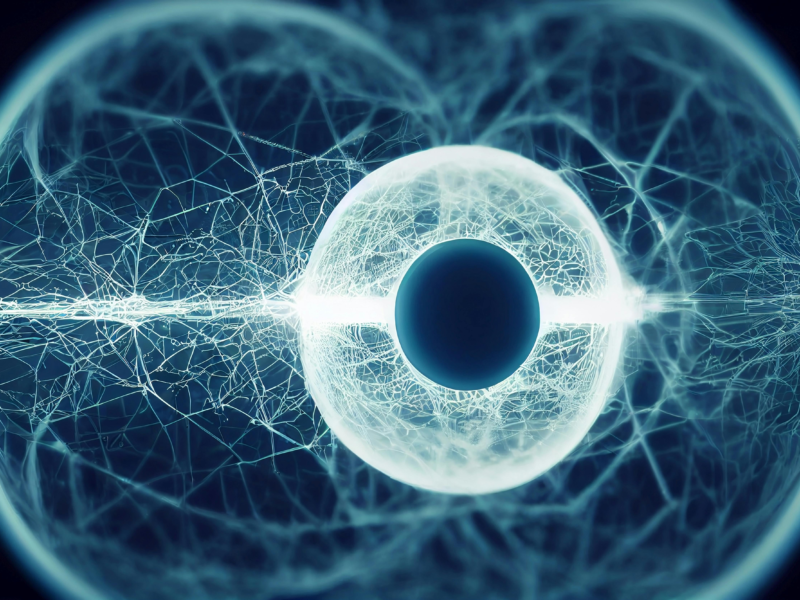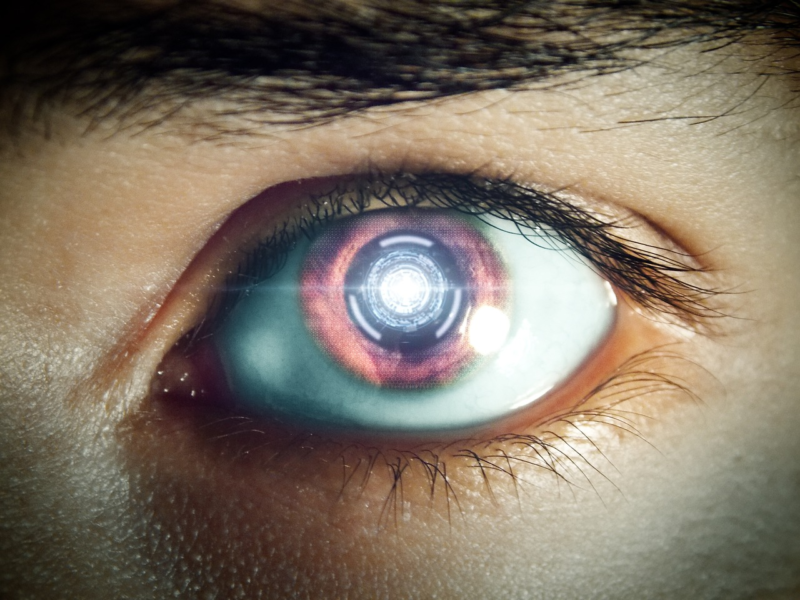Introduction
When we think of hydration, we usually picture healthy skin or athletic performance. Yet one of the most overlooked organs affected by dehydration is the eye.
The human eye is composed of nearly 98% water in its internal fluid layers. When you don’t drink enough water, or when your environment and lifestyle deplete moisture, your eyes become dry, irritated, and fatigued.
This isn’t just about comfort — it’s about vision clarity. Proper hydration plays a vital role in tear production, nutrient transport, and maintaining optical smoothness, all of which are essential for clear sight.
In this guide, you’ll learn:
- The science behind hydration and vision
- How dehydration impacts your eyes
- The link between water intake and dry eye syndrome
- Daily hydration strategies for screen users
- The best foods and drinks to keep your eyes healthy
1. The Science Behind Hydration and the Human Eye
Water is essential for every structure of the eye — the cornea, lens, retina, and tear film all rely on proper hydration to function.
The tear film, which coats the eye’s surface, has three layers:
- Lipid layer: Prevents evaporation.
- Aqueous layer: Provides moisture and nutrients.
- Mucin layer: Helps tears spread evenly.
When you’re dehydrated, the aqueous layer becomes unstable, causing tears to evaporate too quickly — leading to dryness, burning, and blurry vision.
Dehydration also affects ocular blood flow, reducing the oxygen and nutrients that reach the retina.
2. Common Signs of Eye Dehydration
Hydration imbalance doesn’t always show up as thirst. When your eyes are dehydrated, symptoms often mimic other conditions such as allergies or screen fatigue.
Typical signs include:
- Redness or irritation
- Grittiness or “sand” feeling
- Blurred or fluctuating vision
- Light sensitivity
- Excessive tearing (reflex reaction to dryness)
- Headaches after long screen use
If ignored, chronic dehydration can contribute to Dry Eye Disease (DED), a common issue affecting millions globally.

3. How Dehydration Impacts Vision Clarity
Vision clarity depends on light refraction, which occurs when light passes through the tear film, cornea, and lens.
Even slight dehydration can:
- Disrupt tear film smoothness → causes blurry or fluctuating vision
- Reduce intraocular fluid → affects focus speed and visual sharpness
- Increase corneal friction → leads to inflammation and eye fatigue
Research shows that eye dehydration impairs optical quality similarly to uncorrected refractive errors. Simply put — when your eyes are dry, you see less clearly.
4. The Connection Between Screen Use and Dehydration
Digital devices are a double threat: they cause tear evaporation and reduced blinking.
People blink 60% less frequently when staring at screens. This decreases moisture replenishment and increases exposure to dry air, especially in air-conditioned rooms.
Add caffeine and long work hours, and dehydration becomes almost guaranteed.
Hydration + Screen Rule:
For every hour of screen time, drink at least one glass of water (200–250 ml).
5. Best Drinks and Foods for Eye Hydration
Staying hydrated isn’t only about drinking plain water. The body absorbs fluids from multiple sources.
Hydrating Drinks
- Water (filtered or mineral): Aim for 8–10 glasses daily.
- Coconut Water: Natural electrolytes restore fluid balance.
- Green Tea: Contains antioxidants like catechins that support tear quality.
- Herbal Infusions: Chamomile, rooibos, and mint reduce eye inflammation.
Hydrating Foods
- Cucumbers & Celery: 95% water; help hydrate body tissues.
- Oranges & Watermelon: High in both water and Vitamin C.
- Tomatoes & Bell Peppers: Contain lycopene and beta-carotene for retinal protection.
- Omega-3 Rich Fish (Salmon, Sardines): Improve tear composition.
- Leafy Greens: Provide lutein and zeaxanthin, antioxidants that reduce oxidative stress.
6. The Role of Electrolytes in Eye Hydration
Hydration is not just water — electrolytes (sodium, potassium, magnesium) maintain fluid balance inside eye tissues.
Low electrolyte levels can cause eye twitching, blurred vision, and muscle fatigue.
Tip: Add a pinch of sea salt or electrolyte powder to your water once a day, especially during hot weather or workouts.
7. Natural Remedies and Eye Hydration Habits
a) Blink More Frequently
Consciously blink every few seconds, especially during work sessions.
b) Use a Humidifier
Restores indoor air moisture — essential in winter or air-conditioned environments.
c) Use Preservative-Free Artificial Tears
They supplement the natural tear film without causing irritation.
d) Follow the 20-20-20 Rule
Every 20 minutes, look 20 feet away for 20 seconds — it restores focus and tear balance.
e) Limit Alcohol and Caffeine
Both act as diuretics, increasing fluid loss and eye dryness.

8. Hydration for Different Age Groups
- Children: Often forget to drink enough water, especially when focused on screens — teach hydration habits early.
- Adults: Should aim for 2–2.5 liters of water daily, adjusted for climate and activity.
- Seniors: Have reduced thirst perception, making dehydration a common cause of vision problems.
Encouraging proper hydration habits throughout life supports long-term eye health and cognitive function.
9. How Climate and Environment Affect Eye Moisture
Dry, windy, or polluted air accelerates tear evaporation.
If you live in an arid or cold climate, protect your eyes by:
- Wearing wraparound sunglasses outdoors
- Avoiding direct fan or AC airflow
- Using artificial tears or eye masks at night
10. The Link Between Dehydration, Sleep, and Eye Puffiness
When you’re dehydrated, your body retains water — often around the eyes — causing puffiness and dark circles.
Proper hydration flushes toxins and maintains fluid balance, reducing swelling and improving eye appearance.
11. Supplements That Support Eye Hydration
- Omega-3 Fatty Acids: Support tear gland function.
- Hyaluronic Acid: Found in tears; improves corneal moisture.
- Vitamin C & E: Strengthen capillaries and protect against oxidative stress.
- Grape Seed Extract: Enhances microcirculation and reduces eye fatigue.
12. FAQ Section
Q1: Can drinking water cure dry eyes?
Not instantly, but consistent hydration improves tear film quality and long-term comfort.
Q2: How much water should I drink daily for eye health?
At least 8–10 glasses (2–2.5 L), more if you’re active or live in a dry climate.
Q3: Does coffee cause dry eyes?
Yes, caffeine is mildly dehydrating. Limit to 1–2 cups per day and balance with extra water.
Q4: Are electrolyte drinks good for dry eyes?
Yes, especially if you sweat a lot or lose fluids due to heat or exercise.
✅ Conclusion
Hydration is one of the simplest yet most powerful tools for maintaining clear, comfortable vision.
By drinking enough water, eating hydrating foods, and managing your environment, you support the delicate moisture balance that keeps your eyes healthy and functional.
So next time your eyes feel tired, itchy, or blurry — don’t just reach for eye drops. Take a sip of water.
Your vision depends on it.


